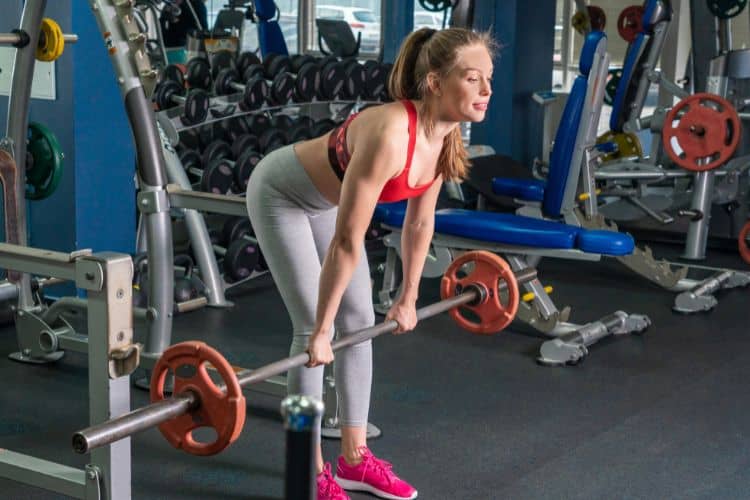Sign up for workout ideas, training advice, reviews of the latest gear and more.






Finding the perfect balance between time efficiency and workout effectiveness is one of the biggest challenges for people who want to stay fit. A 45-minute full body workout split is an ideal solution, offering enough time to train all major muscle groups, build strength, burn calories, and improve endurance—without spending hours in the gym. Whether your goal is muscle growth, fat loss, or improved fitness, this structure delivers maximum results in minimum time.
In this guide, we’ll explore how to design effective 45-minute full body splits, provide sample routines, and explain the science behind why this approach works so well.
Many people believe you need 90 minutes or more in the gym to see progress. The truth is, consistency and intensity matter more than endless hours. A 45-minute full body split focuses on compound lifts and structured rest periods, maximizing output in a short session.
Splits that hit all major muscle groups in one workout ensure no area gets neglected. This is particularly helpful for beginners and intermediates who need consistent stimulus across the body.
A properly designed full body split increases post-exercise oxygen consumption (EPOC), meaning your body continues burning calories long after you finish training. This makes it ideal for fat loss.
Beginners benefit from learning full body movement patterns, while advanced lifters can use progressive overload and higher intensity methods to continue progressing.
Full body training leverages compound movements—exercises like squats, deadlifts, push-ups, and rows—that recruit multiple muscles at once. These movements:
By structuring these movements into a 45-minute split, you create a balanced, effective routine that fits any busy lifestyle.
A well-designed session follows this basic flow:
Warm-Up (5 minutes)
Main Workout (30 minutes)
Finisher (5 minutes)
Cool-Down (2 minutes)
Warm-Up (5 minutes)
Main Workout (30 minutes)
Finisher (6 minutes, AMRAP)
Warm-Up (5 minutes)
Main Workout (30 minutes)
Finisher (5 minutes)
Perfect for beginners or those who prefer machines.
Warm-Up (5 minutes)
Main Workout (30 minutes)
Finisher (5 minutes)
To keep building muscle and strength, you must gradually increase the weight, reps, or intensity. Track your lifts weekly and aim for small but consistent improvements.
Since you’re training multiple muscle groups in one session, proper rest is vital. Sleep at least 7–8 hours per night and allow 24–48 hours between intense full body sessions.
Fuel your workouts with lean proteins, complex carbs, and healthy fats. Post-workout nutrition with protein and carbs supports muscle recovery and growth.
No need for two-hour gym sessions. With the right plan, you can maximize intensity and results in under an hour.
Unlike body part splits, full body splits train multiple systems at once: muscular strength, cardiovascular fitness, and endurance.
A 45-minute session is realistic for busy schedules, increasing the chances of staying consistent over months and years.
This frequency ensures optimal recovery while still providing enough training stimulus for progress.
A 45-minute full body split is one of the most effective and sustainable workout strategies available. It combines strength, cardio, and endurance training into a compact routine that fits into any schedule. By focusing on compound lifts, progressive overload, and balanced programming, you’ll build muscle, burn fat, and boost overall fitness—all without spending endless hours in the gym.
Whether you’re a beginner looking to establish a routine, or an advanced athlete wanting efficient results, this style of training delivers. Start with one of the sample splits above, stay consistent, and track your progress. In just a few weeks, you’ll notice improved strength, endurance, and energy levels—all thanks to just 45 minutes of focused training.
Want more workout and video guide?
Follow us on Pinterest, Facebook, and Subscribe to our Newsletter and Stay tuned for FREE downloads of our App coming soon!
Stay up to date on the latest women’s health, fitness and lifestyle trends and tips.